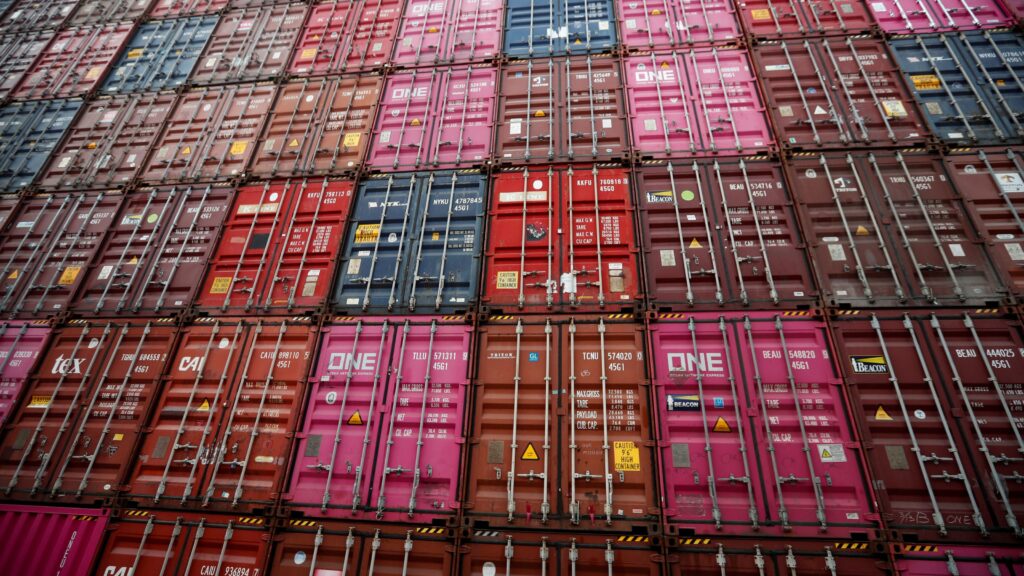The global ocean shipping industry, responsible for 80% of world trade, is facing uncertainty amidst escalating trade tensions driven by U.S. President Donald Trump. The S&P Global TPM container shipping and supply chain conference in Long Beach, California, has attracted key industry players like MSC, Maersk, and Hapag-Lloyd, along with major customers and logistics firms. These stakeholders are contending with the impact of rising protectionism, potentially reducing international trade and shifting negotiating power away from container ship owners who have historically dominated pricing.
Trump’s imposition of tariffs on Chinese goods and proposed fees for Chinese-built ships, as well as upcoming tariffs on products from Mexico, Canada, and the EU, are adding to the industry’s challenges. The unpredictability of the current global landscape is a concern, with Hapag-Lloyd CEO Rolf Habben Jansen highlighting the negative effects of higher tariffs and fees on the global economy and industry growth.
Furthermore, the industry is grappling with increased costs from severe weather events due to global warming and security risks like attacks on ships avoiding the Suez Canal. The surge in U.S. container imports ahead of tariff implementations is expected to reverse once new taxes take effect, potentially impacting shipping demand and prices. Analysts anticipate fluctuations in freight rates but project a moderation throughout 2025.
The U.S. Trade Representative’s proposal for significant entrance fees on Chinese-built vessels entering U.S. ports could have far-reaching consequences, affecting container carriers and potentially leading to higher consumer prices. The scope and scale of recent U.S. trade actions are unprecedented, with implications for global trade dynamics and economic stakeholders worldwide.

